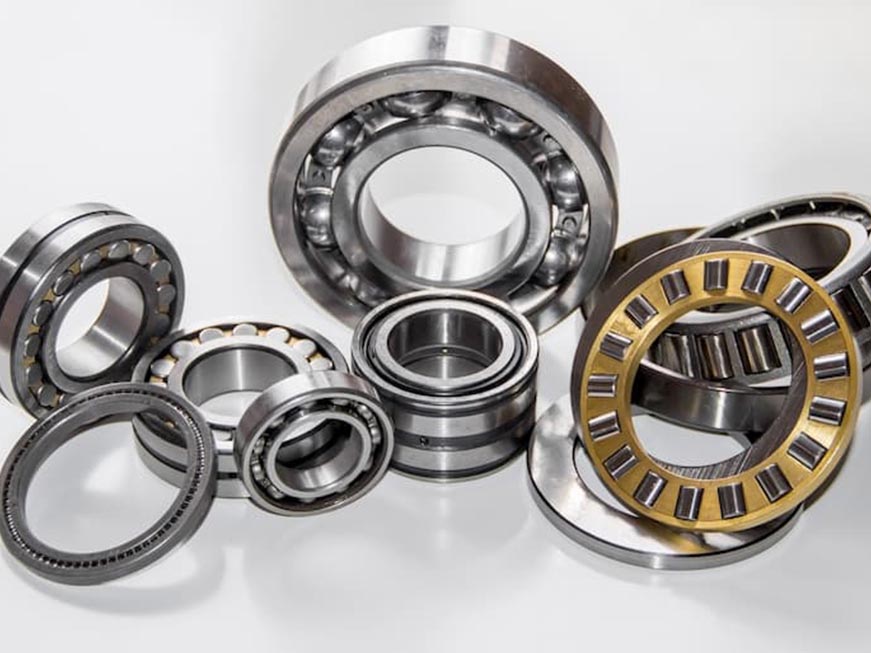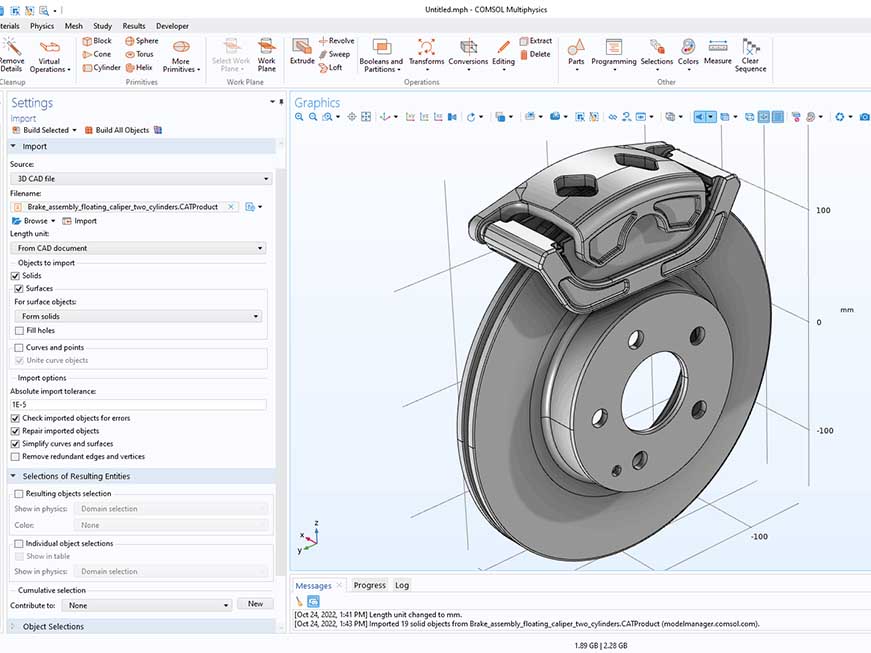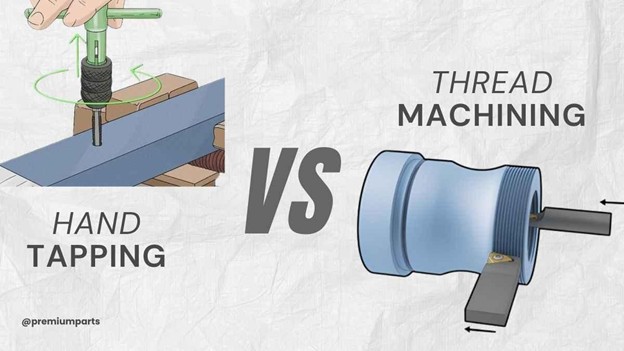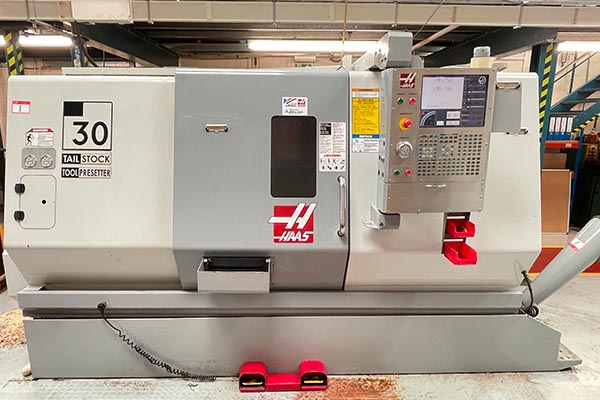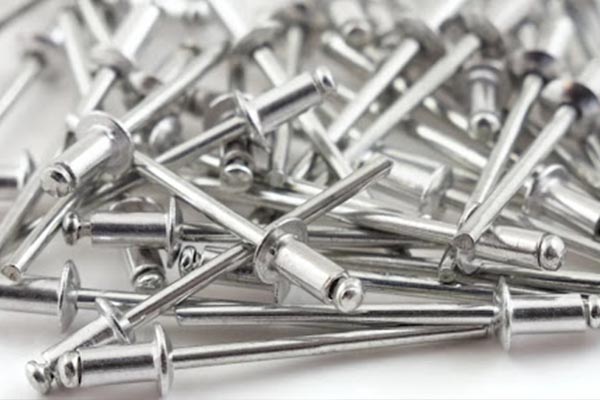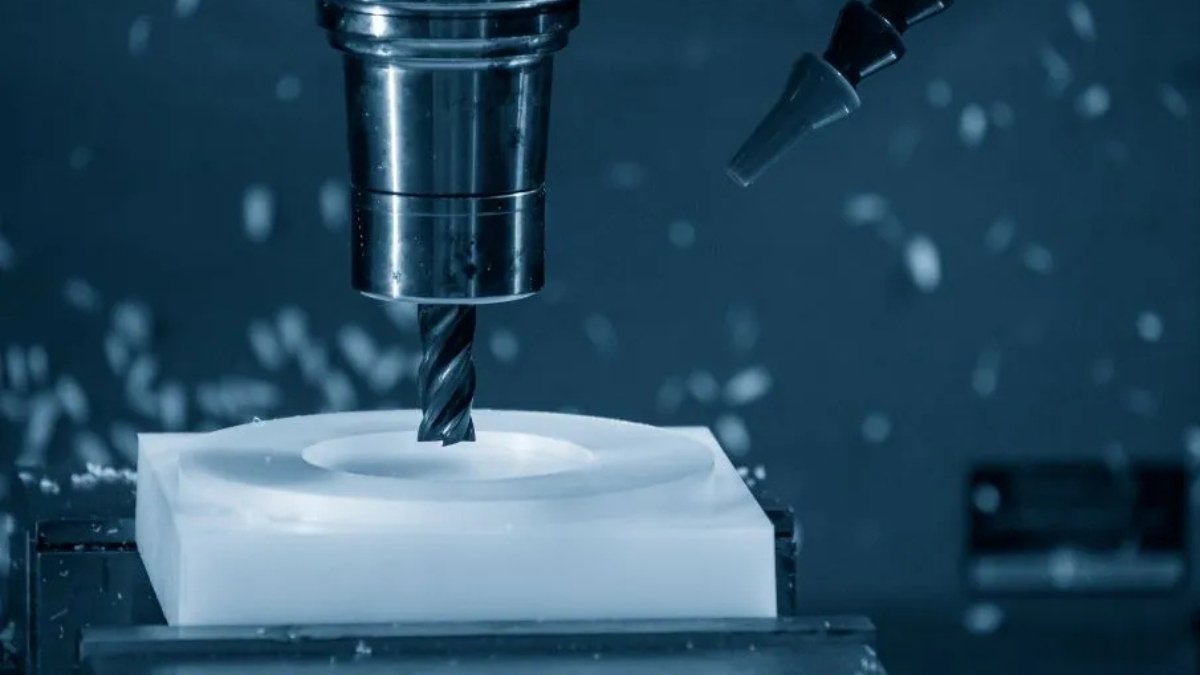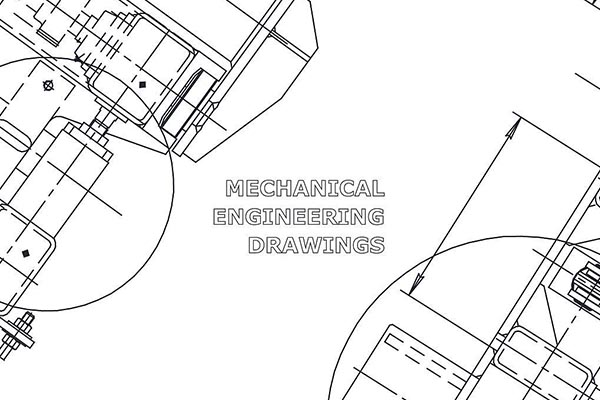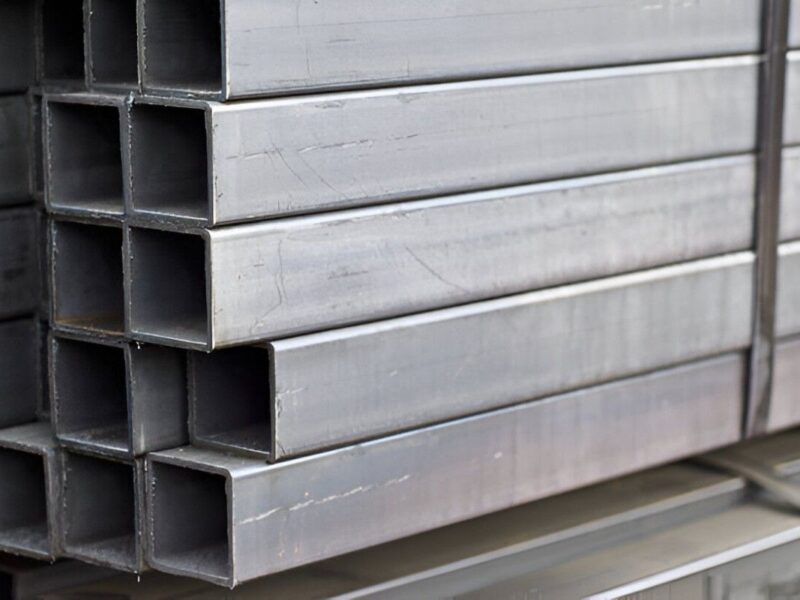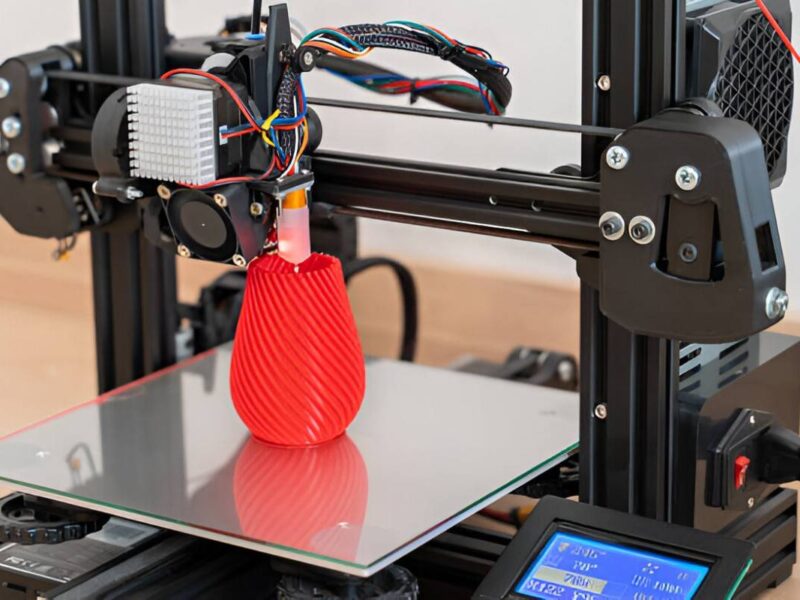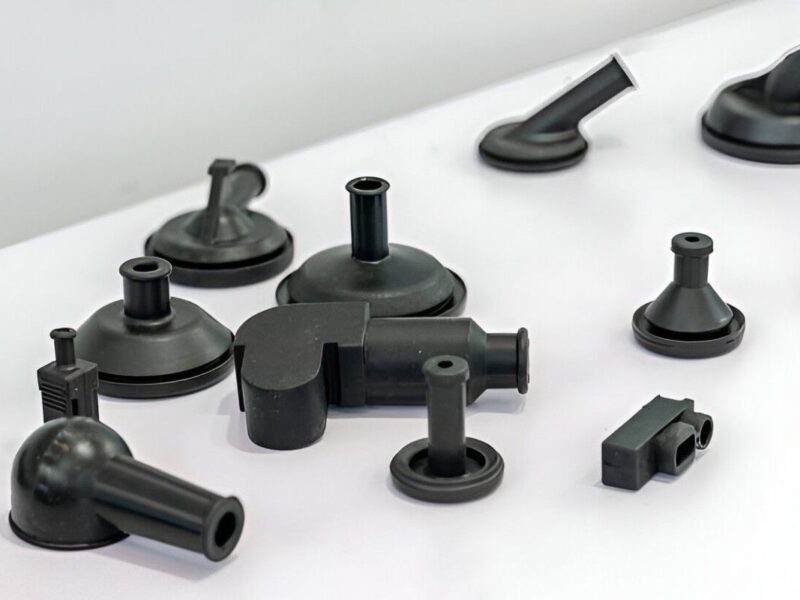 Many industries rely on CNC precision engineering to offer high-end precision parts. The parts provide good tolerances and glossy, smooth finishes. Besides, CNC parts are reliable in terms of applications that meet modern needs and are competitive. That’s why these parts are the basis of industries from aerospace to automobiles and others. However, one needs a specific skill set and machinery to produce these parts. CNC precision engineering creates parts for aeroplanes, cars, energy, medical equipment, etc.
Many industries rely on CNC precision engineering to offer high-end precision parts. The parts provide good tolerances and glossy, smooth finishes. Besides, CNC parts are reliable in terms of applications that meet modern needs and are competitive. That’s why these parts are the basis of industries from aerospace to automobiles and others. However, one needs a specific skill set and machinery to produce these parts. CNC precision engineering creates parts for aeroplanes, cars, energy, medical equipment, etc.
Moreover, creating precise parts with different geometries is a hassle. Furthermore, it includes several stages, from design to cutting and production. Let’s explore CNC precision engineering, its workings, and its advantages.
What is CNC Precision Engineering?
CNC stands for Computer Numerical Control, which includes futuristic computer technology to craft parts. Now, let’s come to CNC Precision Engineering, a type of CNC machining offering parts with precision. In this process, the manufacturers use computer programs to instruct the machines. Firstly, the engineers will craft a 3D model of the product using a CAD machine; then they will convert that design into a set of programming instructions. After that, they will load the program into the machine, and the machines will work accordingly to create parts with high accuracy.
How Does CNC Precision Engineering Work?
CNC precision engineering started in the 1950s to fulfil the abrupt machining parts needs and automation. Manual machining takes more labour and time, so it is prone to errors and high costs. Thus, CNC machining is a solution that empowers the manufacturing industries for unbeatable precision and efficiency. However, the process of CNC precision engineering has undergone many alterations. Here’s what it entails:
Designing of Precise Parts
The precision of the parts generally depends upon the efficacy of the design. Mechanical engineers and others usually struggle to create an accurate design. However, some operators take it theoretically when designing the parts. They need every machine part to have ideal precision and geometry. However, manufacturing the parts according to design requires more cost and efficiency. So, because of this geometric complexity, many designers and manufacturers have a feud.
This concept is similar to a joke in which manufacturers need an ideal part made of plastic, while designers want to turn it into a train. This practice usually generates high-precision part surfaces and removes inefficient features from part design. The cost of each part becomes lower while offering good functionality.
Major Technological Tasks
Knowing that high-precision parts include the precision of their surfaces and geometries, the CNC precision engineering process is divided into two steps. First, the part must be manufactured with standard quality while leaving the material for more work. Second, the manufacturers work precisely over the material to make it ideal according to design. It’s the same as making a rough sketch and then putting colours into it.
The second step is to achieve precision according to the future functionality of the parts. For example, some parts may need a hard surface to offer optimum performance, while others might need tensile strength. Thus, each part may require different hassles according to its requisite properties. Besides, manufacturers divide the work into more subtasks if the part has a more complex surface and other IT.
CNC Engineering Strategy
CNC precision engineering requires in-depth attention to detail and high precision to offer the best results. This process requires a specific hardness of the materials to mould the part into the design. However, each material has different hardness and properties, so manufacturers give them a heat treatment if needed. Some might need extra caution as they require multi-stage hardening to restore the base to the surface.
Moreover, our expert CNC precision engineers at Premium Parts use different development strategies. Each part has precise features, from deep, narrow holes to smooth curves and even surfaces. Moreover, we can also work simultaneously on different part groups, such as machining the surfaces in a single step.
Milestones to Meet Performance Requirements
To claim that a part is exact, you need to meet specific requirements. For instance, some parts need a hard surface while keeping the inside softer. This process is called surface hardening. Moreover, some parts need heat treatment of carbon or nitrogen to strengthen them. Besides, some other parts need a thin coating, even at the atomic level. So, each method is complex, and the operators need to adjust them according to material type and hardness features.
How to Handle This?
Picture that you must treat a shaft with nitro-carbonizing to make its surface hard. If you are unfamiliar with the process and don’t have particular expertise, even if you invest in the machinery and materials, it will only cost money and time. Thus, we offer two solutions. First, outsource the service from a reliable manufacturer like Premium Parts. The cost might seem higher, but you save on material, machinery, and workforce investments.
Another option is to ask the designer to design the part with costly material that doesn’t need hardening. The material may need intensive machinability or a little hassle, but it can save you money on extra complex procedures.
The Measuring and Quality Control
One of the most critical steps in CNC precision engineering is to analyze if the part is manufactured according to requirements. However, it’s not that trivial, as most products that undergo CNC precision machining are exact and tolerant. So, what can you do? Here are some steps you can follow to determine resultant quality:
- Don’t use fixtures (holding devices); they can make errors. The measuring system has many units; the more units there are, the more errors they introduce. Instead, put the part on a flat surface for high-precision measurements.
- Most measuring tools require physical contact to measure the dimensions of the part. Regular contact may wear the tools and reduce accuracy. One can use optical tools to avoid this, as they don’t need physical touch. Besides, no extra agents can cause errors, and optical tools can accurately measure the parts’ tolerance.
- Sometimes, the part is too complex, and operators can’t measure it with regular methods. At this stage, it’s best to test the part’s performance to measure its accuracy. For example, high-speed shafts, such as those in grinding tools, need high precision. So, instead of measuring their tolerances, it’s best to use them in air-foil bearings to test their workings. If the shafts work well without wearing down and heat arousal, then they’re good to go.
Examples of CNC Precision Engineering Applications
CNC precision engineering is a unique technique for creating parts with complex geometries. Where standard engineering methods fail, CNC precision manufacturing prevails. These machines include high-end technology and can work on different axis to offer precision. It serves many industries with its parts according to their needs. It consists of manufacturing parts featuring any material from wood to plastics, metals, and more. Here are some of the best applications for CNC precision engineering:
1. Creating Perfect Round Shapes
If a machine can create perfect circles of any size, it is best to make many parts. For example, operators can develop durable covers for metal pipes. They can also create cylindrical parts, even pipers and nuts.
2. Cutting the Materials into Shapes
No matter what shape we need for a particular part, engineers can easily create it with CNC precision engineering. Traditional manufacturing methods usually make maintaining accuracy impossible. Thus, CNC machining is a perfect way to create parts with complex shapes. It offers high-quality parts without defects or errors.
3. Making Jigs for Other Processes
Some processes, such as welding, need exceptional guides. These sometimes require high-precision measurements and a unique machining method. CNC precision engineering came in handy at that time and offered greater accuracy.
4. Creating Designs of Parts
CNC precision engineering starts with the design creation of the parts. Its core lies in Computer-Aided Design (CAD). Engineers use this software to create 3D models of the parts, which then serve as a base for part manufacturing. The design is best to create a model and test it out rather than remaking the whole batch of parts.
5. Offering Precise Drilling
Industries might need holes in different parts for fabrication and assembly. The holes can be of any size and structure to offer the right fit for bolts and other equipment. Creating the holes requires high precision, and CNC precision engineering can offer that.
Tips for Selecting the Right CNC Precision Engineering Partner
When investing in rapid manufacturing solutions, it’s best to invest carefully. Finding the right precision engineering solutions provider is undoubtedly a hectic task. Here are some tips you can follow while looking for the proper manufacturer:
Do Online Research
Take some time to do online research through search engines like Google. Look for precision engineering firms and read their reviews online. If it seems like a hassle, type Premium Parts and explore everything we offer. Our years of expertise and confidence in our skills offer you perforations.
Check the Services and Experience
As mentioned above, explore CNC precision engineers online and their services. They can also offer more than CNC machining, so take time and explore the solutions relevant to your needs. Besides, check their online reviews and how people are talking about them. It’s best to speak to a few and ask for their solutions for your project. Get into details and choose the one offering enhanced process efficiency and guaranteed results.
Confirm Material and Location
CNC machining requires different materials, such as aluminium, steel, plastic, and even wood. So, make sure what type of materials the particular company is going to use for your project. Even steel has different kinds, and plastics, too. So, make sure to ask them if they work with the part material you need or not. Moreover, make sure of their location and if they work on-site. Sometimes, there are intermediary service providers; don’t fall for them.
Ask for the Capacity and Turnaround
Ask about their equipment and capacity. Considering the customer’s needs, reliable precision engineering companies like Premium Parts can offer high-end products in any size of order. Besides, they have the workforce with the right expertise and efficient machinery. However, it’s still best to ask for the turnaround time and their capacity to cope with your demands.
Ask for a Quote and Compare Costs
Don’t rely on a single CNC machining service provider. It’s best to consider different manufacturers and compare them. After following the above steps and shortlisting a few, take quotes from them. Compare the cost and the services they provide and make a better choice by considering your budget.
Premium Parts – Offering Reliable CNC Precision Engineering Services
Parts with high precision are a base of many industries, from aerospace to automobiles. And we at Premium Parts understand their importance very well. Being the leading manufacturer of parts, we are committed to offering quality with precision. Our services range from CNC precision engineering to die tooling and precision aluminium parts. With the latest technological features, we have CNC machines that can work on different axis from the 2-axis to the 5-axis. The latest technology and years of expertise help us deliver high-quality products with high precision. Contact us now and get started with your project right now!
FAQs
How does CNC precision machining work?
CNC precision engineering includes different steps, from designing the part to manufacturing it. It also includes many steps in between, such as translating the part’s 3D model into G-code, setting up the machine, and loading the code into it. Lastly, it includes machining, precision control, and monitoring.
What industries use CNC precision engineering?
CNC engineering is used in many industries, from aerospace to medical and electronics. Aerospace and automobiles require high precision, so CNC parts play an important role. Moreover, medical CNC precision engineering can create intricate parts and tools.
What’s the future of CNC manufacturing?
CNC engineering is continuously evolving from the use of 5-axis machines to precise measurements. Besides, real-time data analysis suggests that these developments will offer more precision and efficiency.


